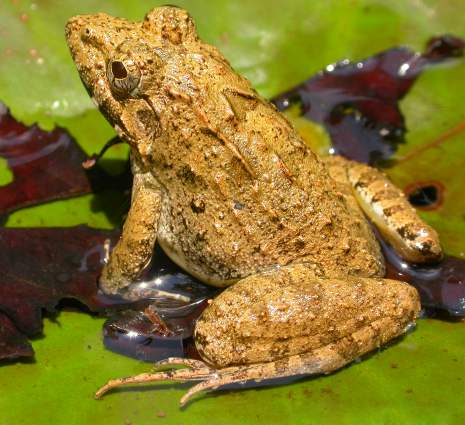Facts About Tiger Peters Frog
Meet the Indus Valley Bullfrog: Asia's Nocturnal Hopper
The Indus Valley bullfrog, also known as the Indian bullfrog, Asian bullfrog, ASEAN bullfrog, or simply the Asian bullfrog, is a large and captivating species. These frogs are native to Myanmar, Bangladesh, India, Pakistan, Afghanistan, and Nepal. They have also established invasive populations in Madagascar and the Andaman Islands of India.
These amphibians thrive in freshwater wetlands and other aquatic environments, avoiding coastal and forested regions. They lead primarily solitary and nocturnal lives, usually found near permanent water sources. Their diet is diverse, consisting of insects, invertebrates, and various small animals.
Physically distinctive, the Indus Valley bullfrog features vomerine teeth, a moderately sized head, a pointed snout, and a visible tympanum (the frog's eardrum) on the side of its head. The unique structure of their toes and fingers aids in their semi-aquatic lifestyle. When startled, these frogs can leap across water surfaces effortlessly. They can grow significantly large, up to 170 mm in length, and are currently listed as "Least Concern" on the IUCN Red List, indicating no immediate risk of extinction.
Interestingly, these frogs have also entered the food industry. Captive farming of the Indus Valley bullfrog and the American bullfrog started in Thailand in the 1990s. However, China has banned the export of their legs. India, Bangladesh, and Indonesia are among the largest exporters of these frogs.

 India
India